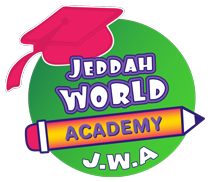The third grade forms the third year of primary education and students enrolled are typically 8 to 9 years old. Students are introduced to slightly more complex concepts in Math, Science, English and Social Studies.
In the third grade, students are introduced to mathematical operations such as multiplication and division. In some cases, they may even be taught long division. It is here that students are taught to develop their problem-solving skills by learning how to solve mathematical problems.
As part of their Science curriculum, they are taught basic physical sciences and chemistry along with weather and climate. The subject of Social Studies covers the basic study of history and geography. English includes working more on text comprehension with students being required to read harder books.
Akademiat Aalam Jeddah offers the hallmark of truly effective traditional education programs.










